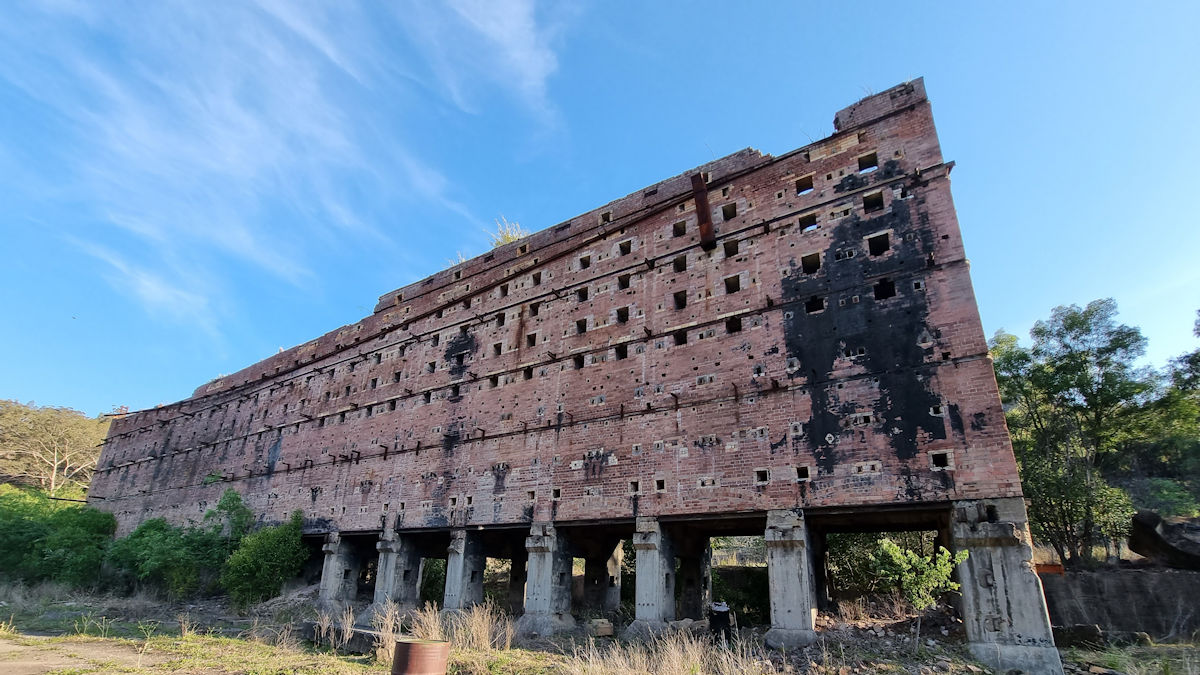Category: Vehicles
-
Australian National Maritime Museum

Australian National Maritime Museum Covering Australia’s maritime history from pre-colonial times to the present, the Australian National Maritime Museum in Sydney has an excellent collection of ships and artefacts on display. The most obvious displays are the ships and boats of the heritage fleet docked on Darling Harbour, but those inside also deserve a lot… Read more
-
Zig Zag Railway

Zig Zag Railway Blue Mountains Australia Located in the Blue Mountains of New South Wales, Australia the historic Zig Zag Railway is a unique railway, with its zigzagging track and vintage steam locomotives. Offering an experience of travel in the late 19th century, it’s a must do if visiting Sydney. History The Zig Zag Railway’s… Read more
-
Glen Davis Oil Shale Ruins

Glen Davis Oil Shale Ruins Located in the Capertee Valley the Glen Davis Oil Shale Ruins were once a thriving industrial complex. Established in 1940, the Glen Davis Shale Oil Works were a strategic investment that produced petrol for New South Wales while at the same time providing work for unemployed miners. The process involved… Read more